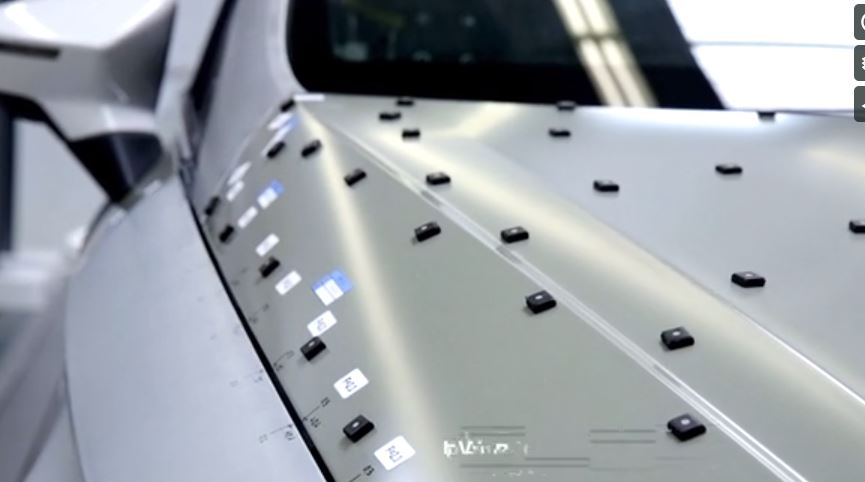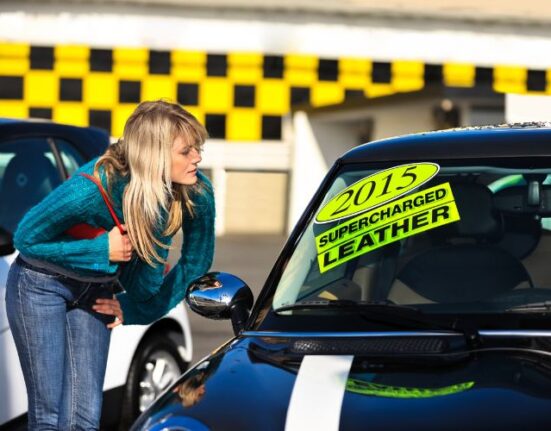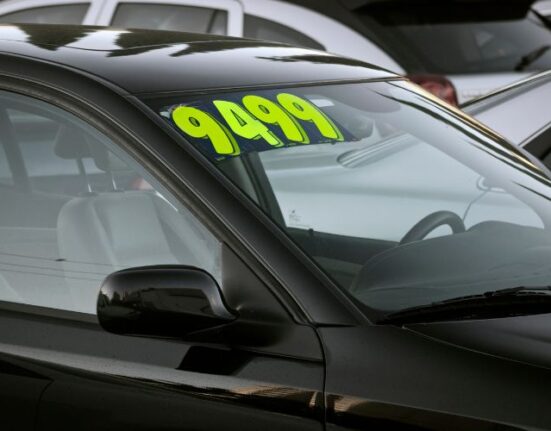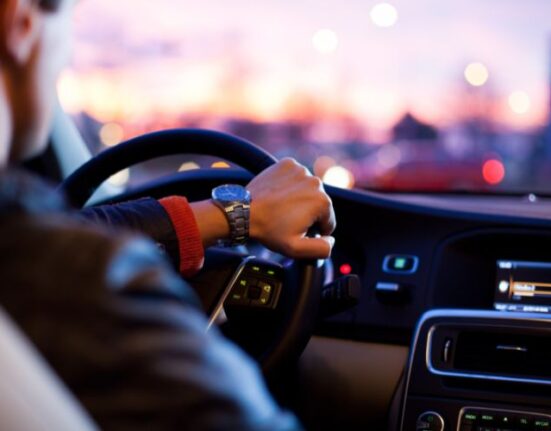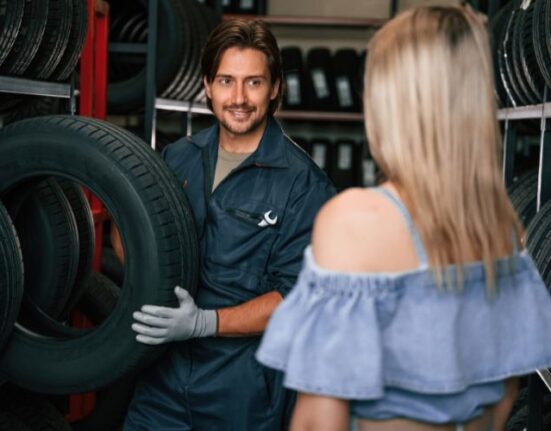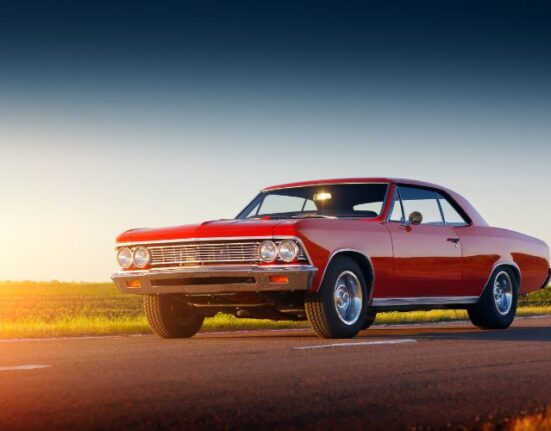Martorell, 30/10/2018.- A car is made up of 4,000 parts that come from nearly 100 suppliers in different countries. It is a complex puzzle that the Masurement Technology department at SEAT is responsible for fitting together seamlessly. Keep reading to find out the different measuring technologies they use to make it happen:
-A meccano set for the perfect fit: Aluminium structures serve as full scale mock-ups that simulate car parts. Different moulds enable the most important interior and exterior parts to be analysed. In the nine months prior to the launch of a new model, the team in this workshop works so that “when customers see their car, they experience it as a compact, precise, perfect quality whole”, explains Pedro Vallejo, head of measurement Technology and Meisterbock at SEAT.
-From 1 to 200,000 points per second: Several years ago, touch technology enabled to make one measurement per second. Today, this measuring tool is complemented with photometry and laser scanning, boosting its capacity to 200,000 measurements. With these developments “not only do we have much more information, but we can also understand the performance of each car part in less time, making it much more effective to introduce improvements”, assures Vallejo.
-The future, with virtual reality: These advances in measuring techniques make it possible to obtain a virtual model of each vehicle. “Virtuality already enables us to exponentially multiply the number of measurement points, and thanks to qualified personnel, we can be even faster and more flexible”, explains Vallejo. “We’re transforming ourselves from reactive to preventive analysis”, he adds.
-Millimetric precision the thickness of a sheet of paper: The joining of each car part is analysed with one-tenth of a millimetre precision. This work not only “guarantees consistent perception that the customer can gauge, but it also ensures purely functional issues as well”, says Marc Vidal, a department engineer. For example, we make sure that no water can get in. They also study the surface feel of each button, possible unpleasant noises, or even parts of the car that affect aerodynamics, like where the windscreen and the A-pillar meet.
-Continuous monitoring: The work carried out by the Measurement Technology team does not only focus on the phase prior to the launch of a car, but during the entire production process. In this sense, once the parts are verified in this workshop, they are inspected and a follow-up is conducted to ensure that the quality requirements are maintained throughout the car’s manufacturing process. “Verifications are made right up until the end customer takes delivery”, adds Vallejo.
-Professionally biased to be meticulous and detail-oriented: These are a few of the strengths that these experts also use in their personal life. Constantly working with millimetric accuracy means that “when I buy myself a pair of glasses, for example, I make sure the sidearms are tightly attached to the hinges”, says Marc. “We’re all like that. I even check to make sure the parts of my daughter’s toys fit together properly”,adds Vallejo.
– 500 people involved: For all the parts to fit together is a job for engineers and specialists in the Measurement Technology department as well as professionals in other areas of the company and more than 90 suppliers from 12 countries in Europe, Asia and North Africa.












